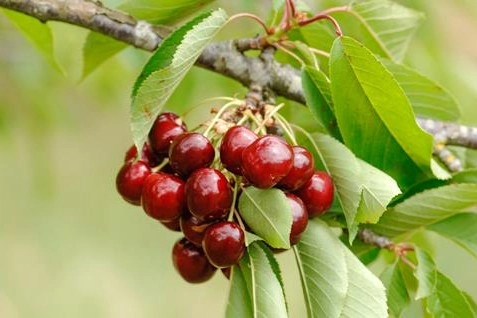Over the past thirty years, Chile has established itself as a key player in global fruit production. The country is now the fifth-largest fruit exporter in the world and the leading one in the Southern Hemisphere—a success made possible by innovation, research, and, without a doubt, its remarkable agroclimatic advantages.
However, Chile is also among the countries with the highest water risk globally, ranking 18th in the world and first in Latin America, mainly due to global warming and the resulting climate change. All this occurs despite the country’s minimal contribution to greenhouse gas emissions.
These conditions make a more efficient management of resources, particularly water, an absolute necessity rather than a matter of choice in an increasingly challenging context.
Although the use of modern irrigation systems has grown significantly, it currently covers only 62% of fruit-growing areas and just 38% of growers with less than 40 hectares (according to the 2022 Agricultural Census). To this must be added the potential losses caused by poor input management—for example, fertilizers often applied in incorrect or inefficient doses.

Nitrogen efficiency
For instance, consider a hypothetical case: a grower applies 100 kg/ha of urea to produce 12,000 kg of cherries. Since urea contains 46% nitrogen, this translates to the use of 383 mg of nitrogen per 100 g of cherries produced. However, studies conducted by the Centro de Pomáceas at the University of Talca show that, in Chilean conditions, the average nitrogen content in cherries ranges from 150 to 210 mg/100 g of fresh weight.
A portion of the applied nitrogen is indeed absorbed by the vegetative biomass but remains within the soil cycle, as it is not exported through the fruit. It is also often forgotten that soil itself is a significant natural nitrogen reservoir. This raises the inevitable question: can we do better?
How to irrigate efficiently
Irrigation is the practice that most directly influences fruit yield and quality, including condition and size. Proper management requires understanding the concept of evapotranspiration (ET). According to FAO Irrigation and Drainage Paper 56 (1998), evapotranspiration is the combination of two processes:
- the evaporation of water from the soil,
- the transpiration of plants.
The latter is essential for gas exchange, crucial for photosynthesis, sugar assimilation, and nutrient uptake.
ET, expressed in millimeters (mm), depends on climatic factors (temperature, humidity, solar radiation, and wind) as well as crop characteristics (height, wind resistance, leaf area index, and plant architecture). In practice, crop evapotranspiration (ETc) is used, determined by the formula:
ETc = Kc × ETo
where:
- ETc: crop evapotranspiration (mm)
- Kc: crop coefficient (dimensionless)
- ETo: reference evapotranspiration (mm)
ETo values can be checked at agrometeorologia.cl/evapotranspiracion or calculated using a local weather station. The Kc coefficient varies according to phenological stage, biomass development, and transpiration level, with values ranging from 0 (no irrigation required) to 1 (maximum need).
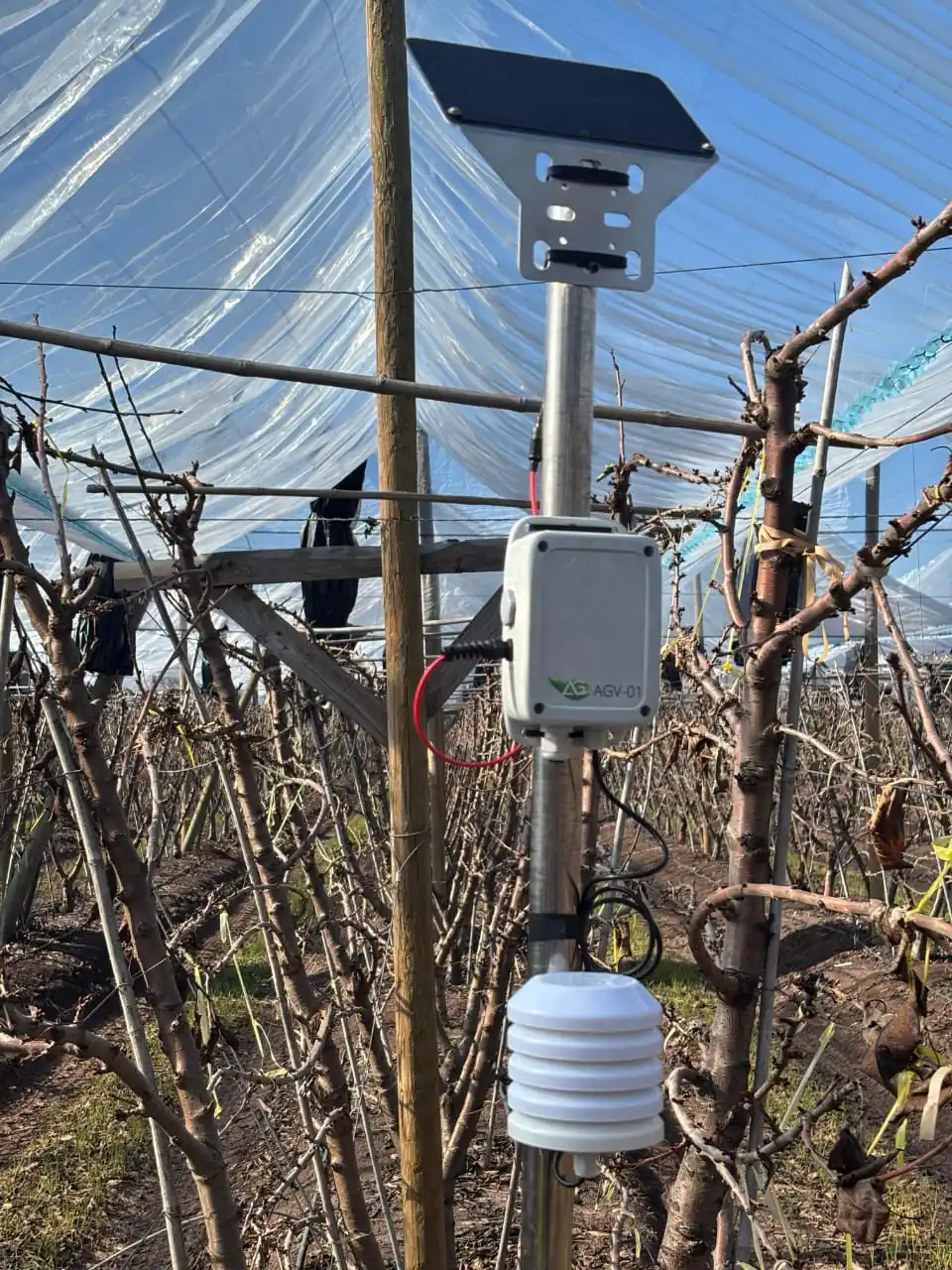 Image 1. Weather station
Image 1. Weather station
A practical example: a peach grower in the Rancagua area, near the Cachapoal River, with sandy loam soil, must calculate irrigation for the week of October 21–27. Their weather station indicates an ETo of 34.44 mm. With a Kc of 0.9 (average FAO value for peaches), the result is:
ETc = 34.44 × 0.9 = 30.9 mm
Thus, approximately 31 mm of water must be replenished during the week. Since the soil has high drainage capacity, irrigation rounds should be split to avoid leaching losses.
Technologies and tools
To improve management accuracy, calculations can be supported with soil moisture probes, such as capacitance (FDR) or time domain reflectometry (TDR) sensors, which estimate water content and its variation over time. Installed at various depths, they help monitor water movement through the soil profile and identify the optimal irrigation timing.
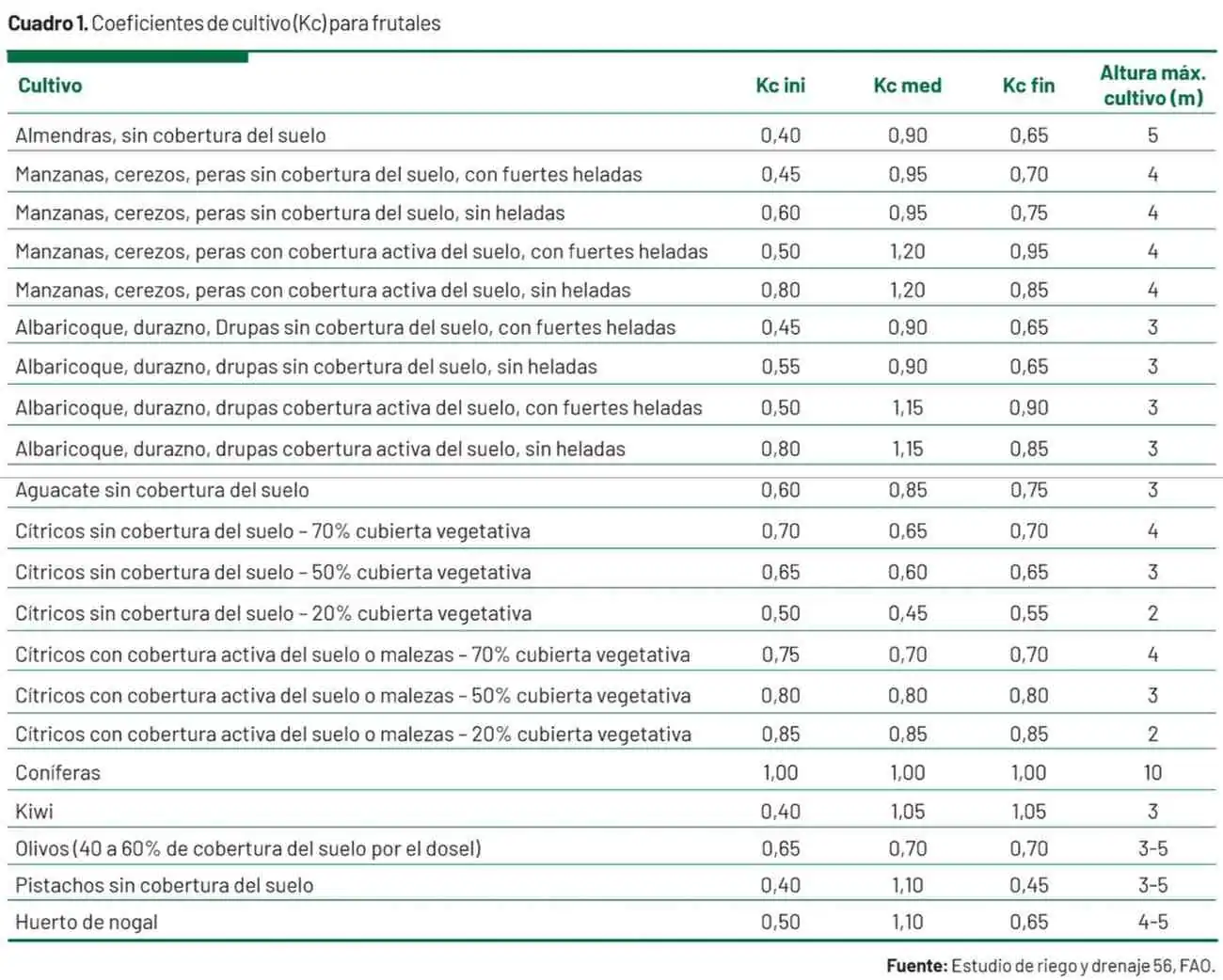 Table 1. Crop coefficients (Kc) for orchards
Table 1. Crop coefficients (Kc) for orchards
Nutrition
Proper irrigation management is the foundation of a successful fruit season, but equally important is a balanced crop nutrition plan.
Traditionally, fertilization programs are based on inherited schemes, often without considering the soil’s physical and chemical properties. However, each crop (and variety) has specific requirements, and the availability of nutrients in ionic form largely depends on soil characteristics.
Since most nutrients are absorbed through the roots (except for carbon, which is taken from the air during photosynthesis), the physical structure of the soil is crucial: a decompacted soil promotes better root exploration.
Studies such as Haslam (1996) demonstrated an improvement in porosity and aggregate stability through the use of seaweed extracts, while the addition of humic substances increases organic carbon content and improves bulk density (Murphy, 2015).
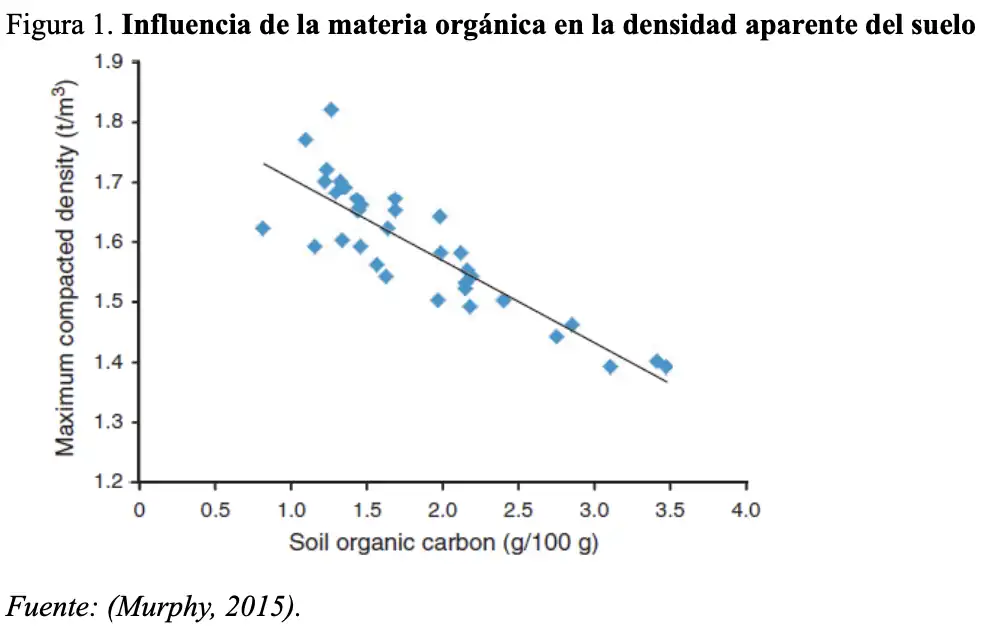 Figure 1. Influence of organic matter on soil bulk density
Figure 1. Influence of organic matter on soil bulk density
Fertility and balance
Chemically speaking, the foundation of efficient nutrition is the soil analysis, which reveals key parameters such as pH. This affects nutrient availability and mobility:
- Iron, zinc, and manganese are more available in acidic soils (pH 5.0–6.5);
- Potassium, calcium, and magnesium are more available in neutral to alkaline soils (pH 6.8–7.2).
Phosphorus, however, has a very narrow optimal absorption range (pH 6.0–7.0). Outside this range, it binds with calcium (in alkaline soils) or with iron/aluminum (in acidic soils), becoming poorly available. To improve uptake, phosphorus-solubilizing microorganisms—such as Bacillus and Enterobacter bacteria or Penicillium and Aspergillus fungi—are increasingly used.
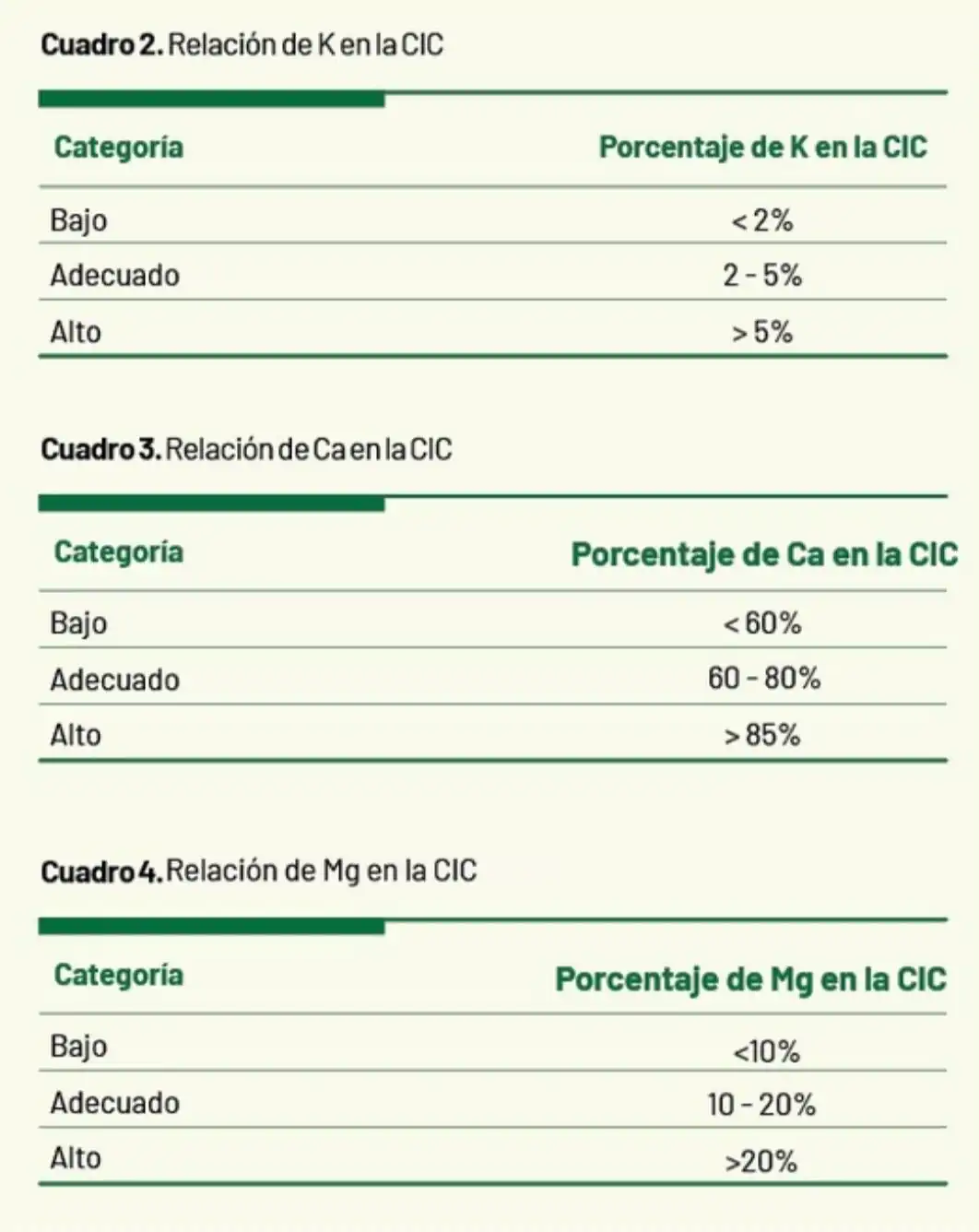 Table 2. K ratio in CEC – Table 3. Ca ratio in CEC – Table 4. Mg ratio in CEC
Table 2. K ratio in CEC – Table 3. Ca ratio in CEC – Table 4. Mg ratio in CEC
Another key parameter is the cation exchange capacity (CEC), which measures the soil’s ability to retain nutrients such as Ca²⁺, Mg²⁺, K⁺, and Na⁺. Soils with higher CEC retain cations more effectively, reducing leaching and improving fertility. However, imbalances among these elements can hinder optimal nutrient absorption by plants.
Finally, to evaluate the effectiveness of the nutritional program, it is useful to perform fruit analyses at harvest time. By comparing the results with reference values, fertilization plans can be adjusted for the following season, gradually improving resource use efficiency.
Image credits: Mundoagro
Rodrigo Belmar Zárate
Technical advisor – Master’s in Soil and Water Management, University of Chile

Cherry Times – All rights reserved












